Since the rage of nano banana, I have a question: Could an AI model like Nano Banana take raw biological reference images and turn them into something better? something vivid, precise, and tailored to science? I decided to find out. Took a handful of reference images which previously I have experimented on all image models and I prompted Nano Banana to enhance them.
The goal? Create images that weren’t just visually stunning (close to for an AI image model) but also scientifically accurate and contextually rich.
Google went to great precision with this image model. I really like how it preserves the context of the prompt and the premise of the reference image.
The goal? Create images that weren’t just visually stunning (close to for an AI image model) but also scientifically accurate and contextually rich.
Google went to great precision with this image model. I really like how it preserves the context of the prompt and the premise of the reference image.
Experiment 1: A Neuron Under the Microscope
I started simple, feeding Nano Banana a basic biological illustration of a neuron with a specific color palette.
"Draw an illustration of this image while keeping the color pallette intact..Improve this image in the context of microscopic image of the neuron"
Example 2: macrophages, but make it realistic
Next, I wanted to test Nano Banana with something more personal. I’m no artist, but I’ve tried my hand at digital drawing, and let’s just say my attempt at sketching macrophages wasn’t winning any awards. I uploaded my rough, amateur sketch.
Prompt: Draw an image of macrophages where it is super realistic in nature and has all the microscopic details
Example 3: Systems Biology Meets Studio Ghibli
For my final experiment, I went bold. I took a systems biology diagram—a schematic of a signaling cascade, complete with arrows and abstract “k” numbered objects—and threw in a curveball.
Prompt: "Draw a realistic image of the signaling cascade that is depicted in this figure. Create the cell with correct cellular locations of the proteins. Remove the arrows and all the bold "k" numbered objects. Make the illustration have Ghibli anime style"
Transform this systems biology diagram of a signaling cascade into a visually stunning, realistic illustration in the style of Studio Ghibli animation. Accurately depict the cell with correct subcellular locations of proteins (e.g., membrane-bound receptors, cytoplasmic kinases, nuclear transcription factors), ensuring scientific precision. Remove all arrows and bold ‘k’ numbered objects from the original diagram. Use vibrant, soft Ghibli-inspired colors and whimsical, organic textures to create a polished, high-resolution image suitable for both scientific communication and artistic display.
What do you say? Pretty slick!! Not perfect.. but I think I can arrive to perfection with tweaking this prompt. If you would try it, and manage- share your results!!
Here’s what struck me most:
Precision: Google’s attention to detail in this model is remarkable. It doesn’t just slap together generic visuals; it respects the nuances of the biological context you provide.
Potential: This could be the foundation for something bigger—an MVP for a platform where anyone, from students to researchers, can generate custom scientific visuals with ease.
Happy Ganpati!!
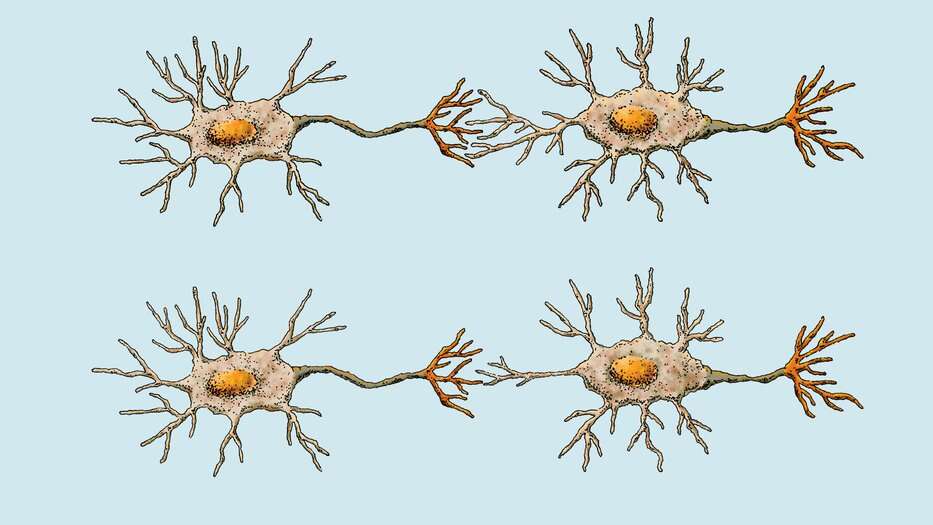
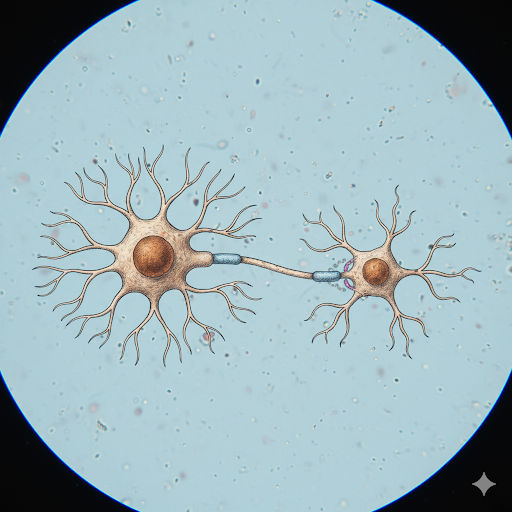
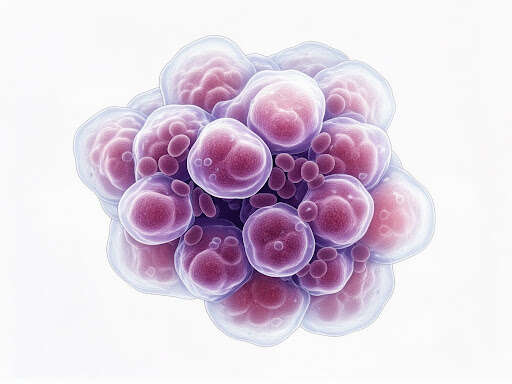

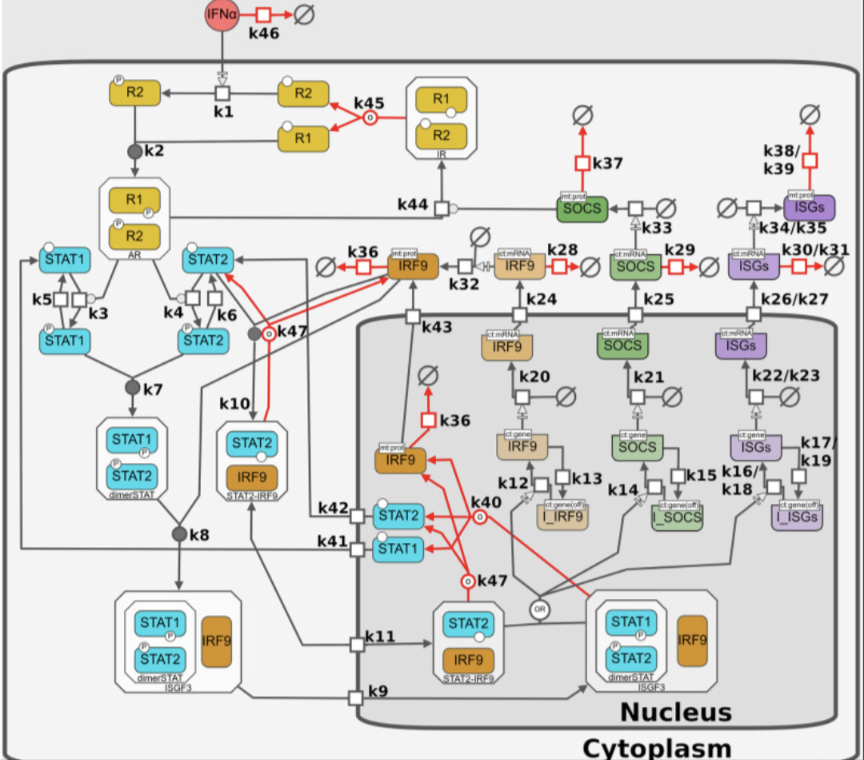
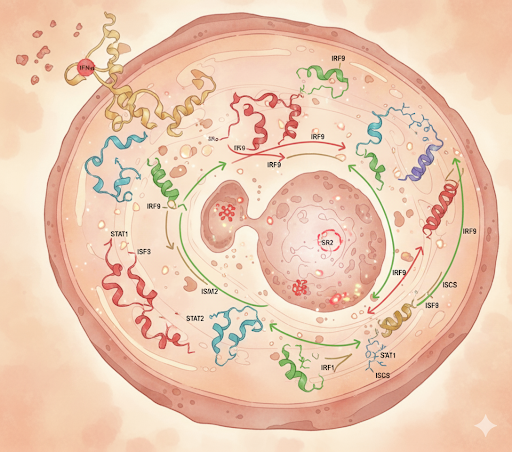
.png)